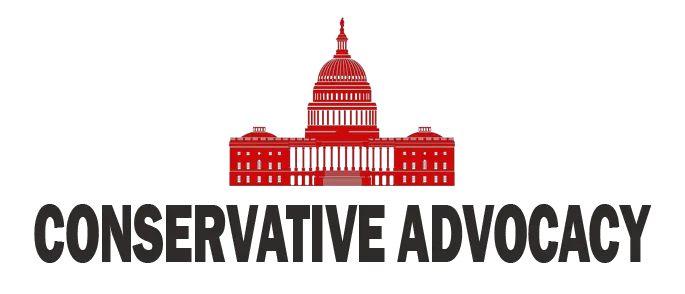President Trump has recently put his signature on an executive order aimed at tackling the growing issue of homelessness in America. This move comes in response to the visible crisis in many cities across the nation, where people experiencing homelessness have set up tents and camps, making public spaces less enjoyable for families and community members. The order intends to enforce stricter laws to clear these homeless encampments, and it also introduces federal funding for programs designed to help individuals struggling with drug addiction.
One of the major highlights of this executive order is its focus on addiction treatment. Many of the individuals facing homelessness are also battling substance abuse issues. This order pushes to get people off drugs rather than just providing them with temporary solutions. It blocks funding for drug injection sites, which have been criticized for turning into locations where drug use is more rampant. Instead of just managing the crisis, this approach aims to tackle the root causes of homelessness, offering a more long-term solution.
Moreover, the order addresses the controversial concept of providing free housing without requiring individuals to seek help for their drug problems. Under Trump’s new directive, if someone is to receive assistance in the form of housing, they must also participate in a treatment program. This step recognizes the necessity of addressing addiction before the individual can secure stable housing. It truly reflects a serious commitment to healing rather than just housing.
This move stands in stark contrast to the policies of the previous administration, which funneled billions into programs that did not produce significant results. Reports show that under the Biden administration, homelessness surged by 33%, leading many to question where the money went. Large cities like New York, Los Angeles, and San Francisco, which have received the most funding, have seen homelessness escalate, raising eyebrows and prompting calls for a different approach.
The executive order has garnered attention not just for its intent but for rejecting longstanding strategies touted by some on the left, such as harm reduction and housing-first models. Critics argue these methods are merely band-aids on a gaping wound. Instead of genuinely helping those in need, they are perceived as failing solutions that keep individuals trapped in cycles of addiction and homelessness.
By taking this bold step, President Trump seeks to shift the narrative around homelessness and addiction. The goal is clear: create safe, clean public spaces for all citizens while actively working to get those struggling with addiction the help they need. Ultimately, it’s about compassion and accountability, ensuring that America’s parks and streets can once again be places where families can gather and enjoy life without the burden of homelessness weighing heavy on their shoulders.




